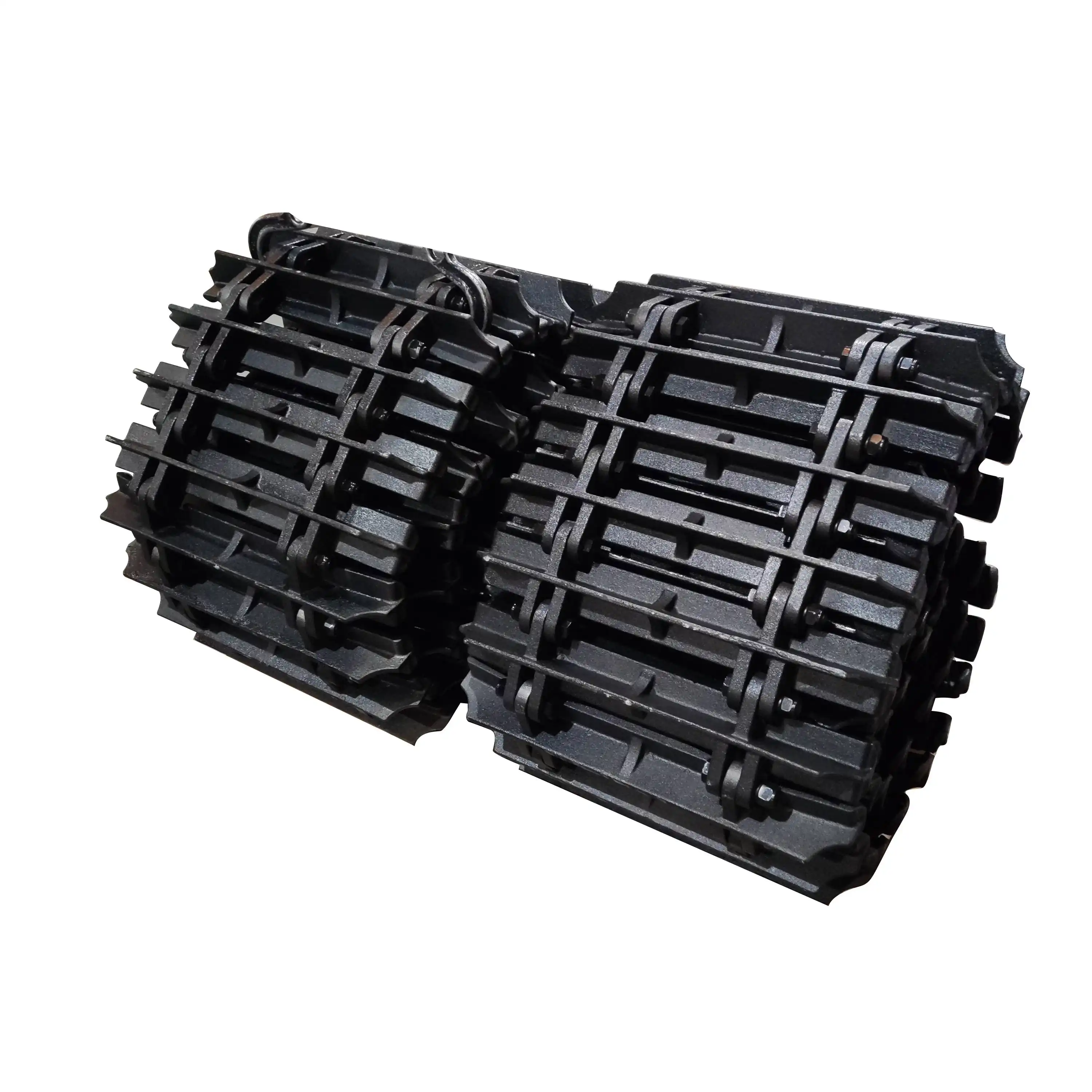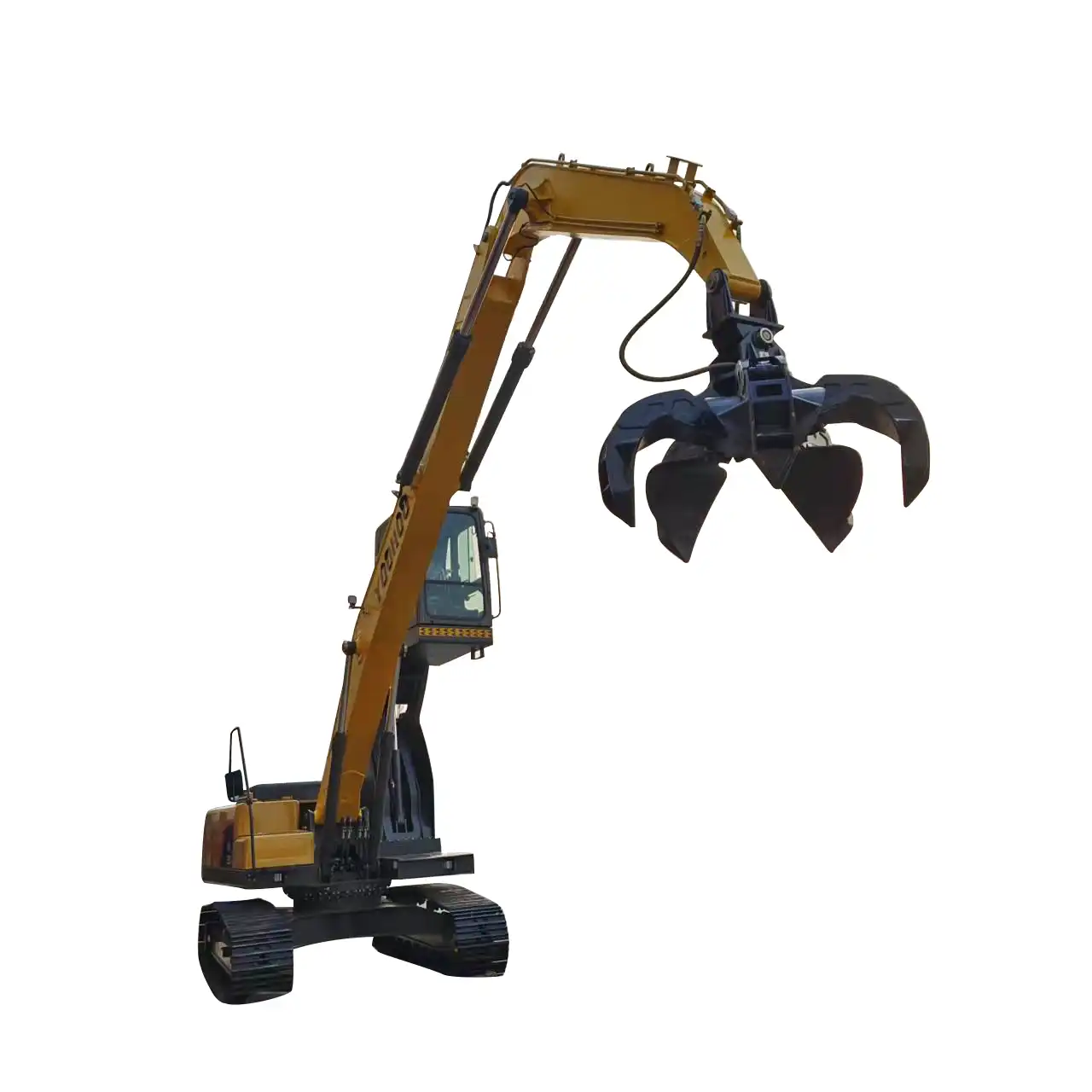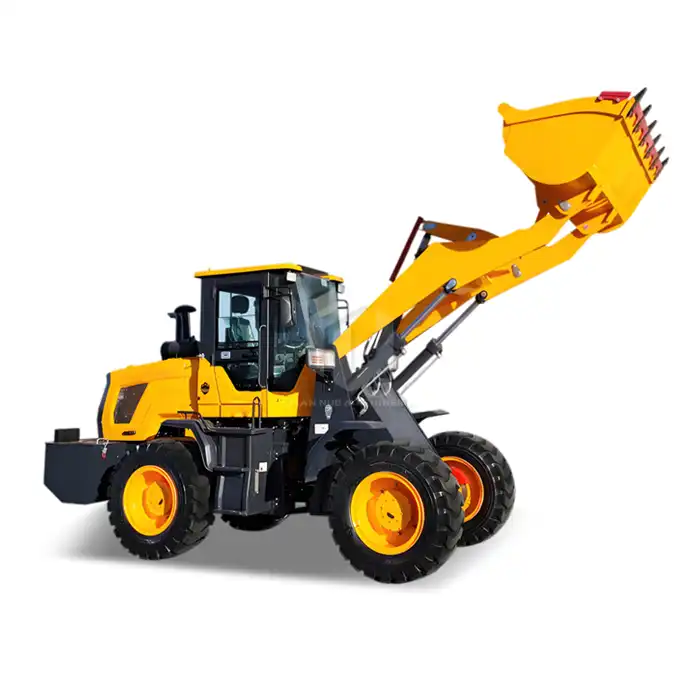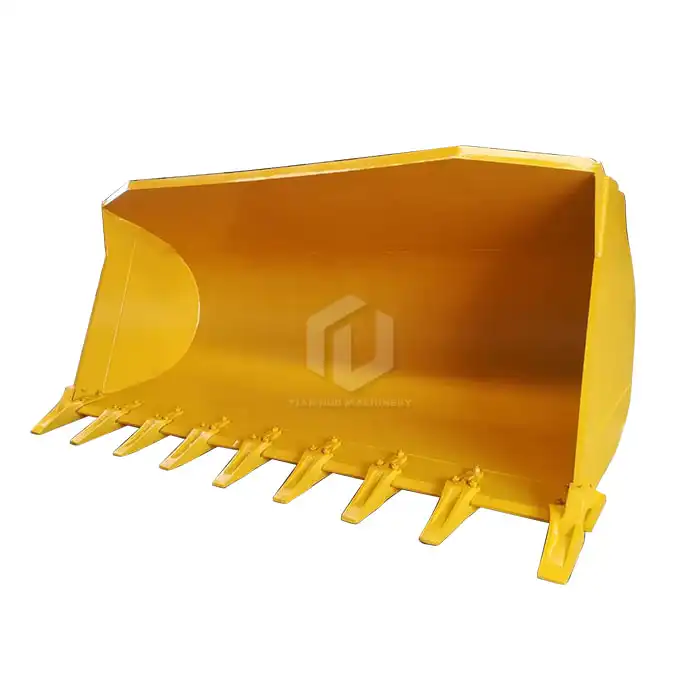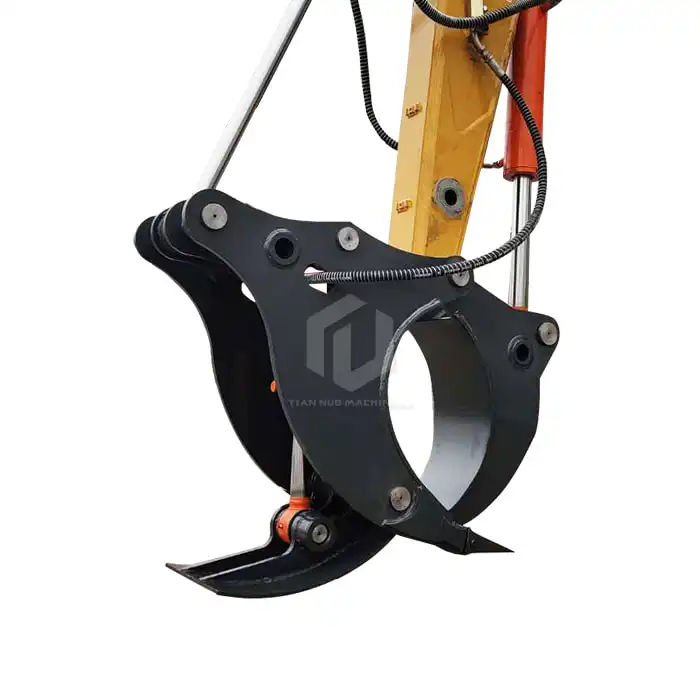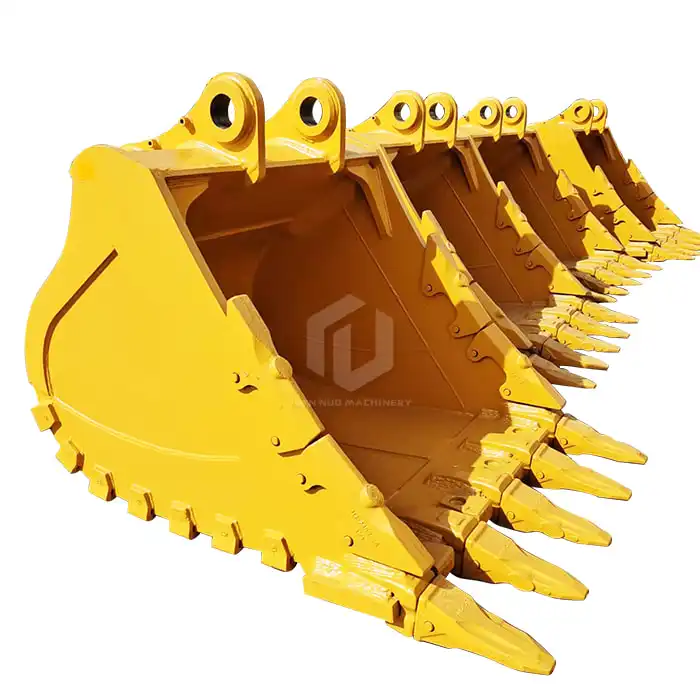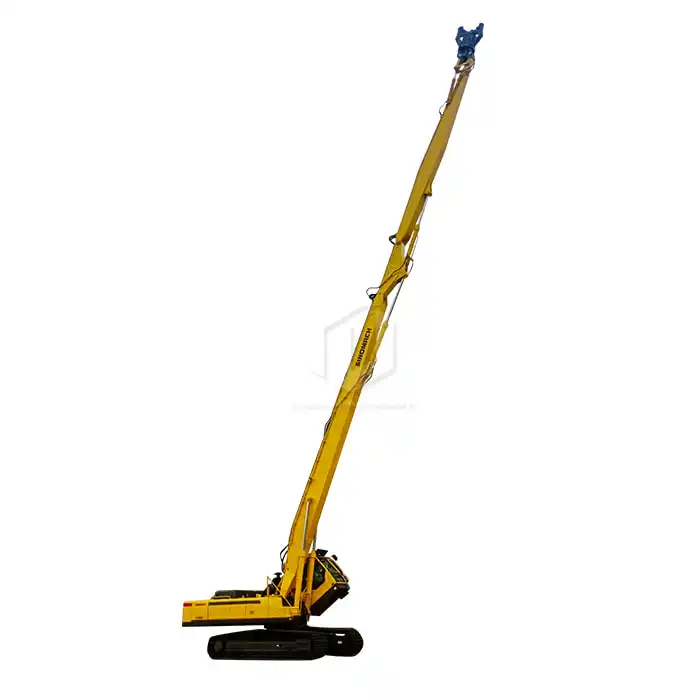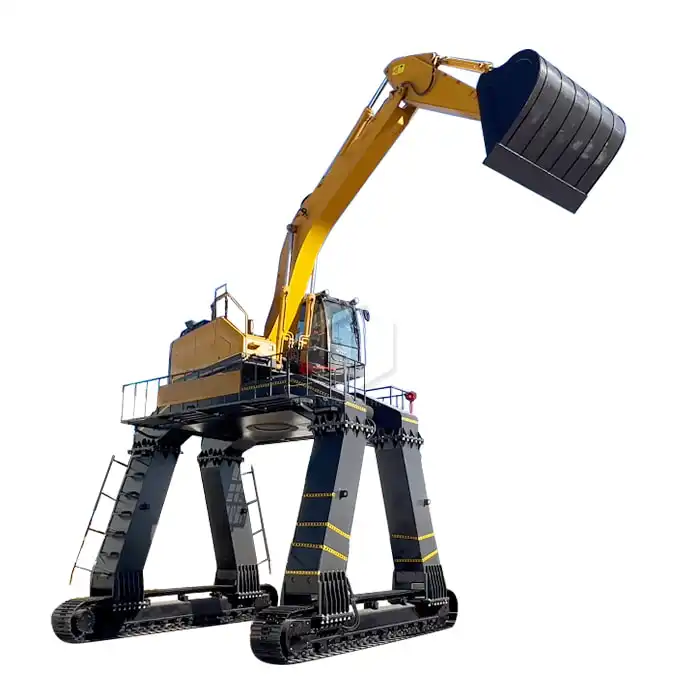Why is forging the preferred process for chain plates in loader tire anti-skid tracks?
Loader tire anti-skid tracks are essential components in heavy machinery, providing enhanced traction and stability in challenging terrains. Among the various manufacturing processes available, forging stands out as the preferred method for producing chain plates in these tracks.
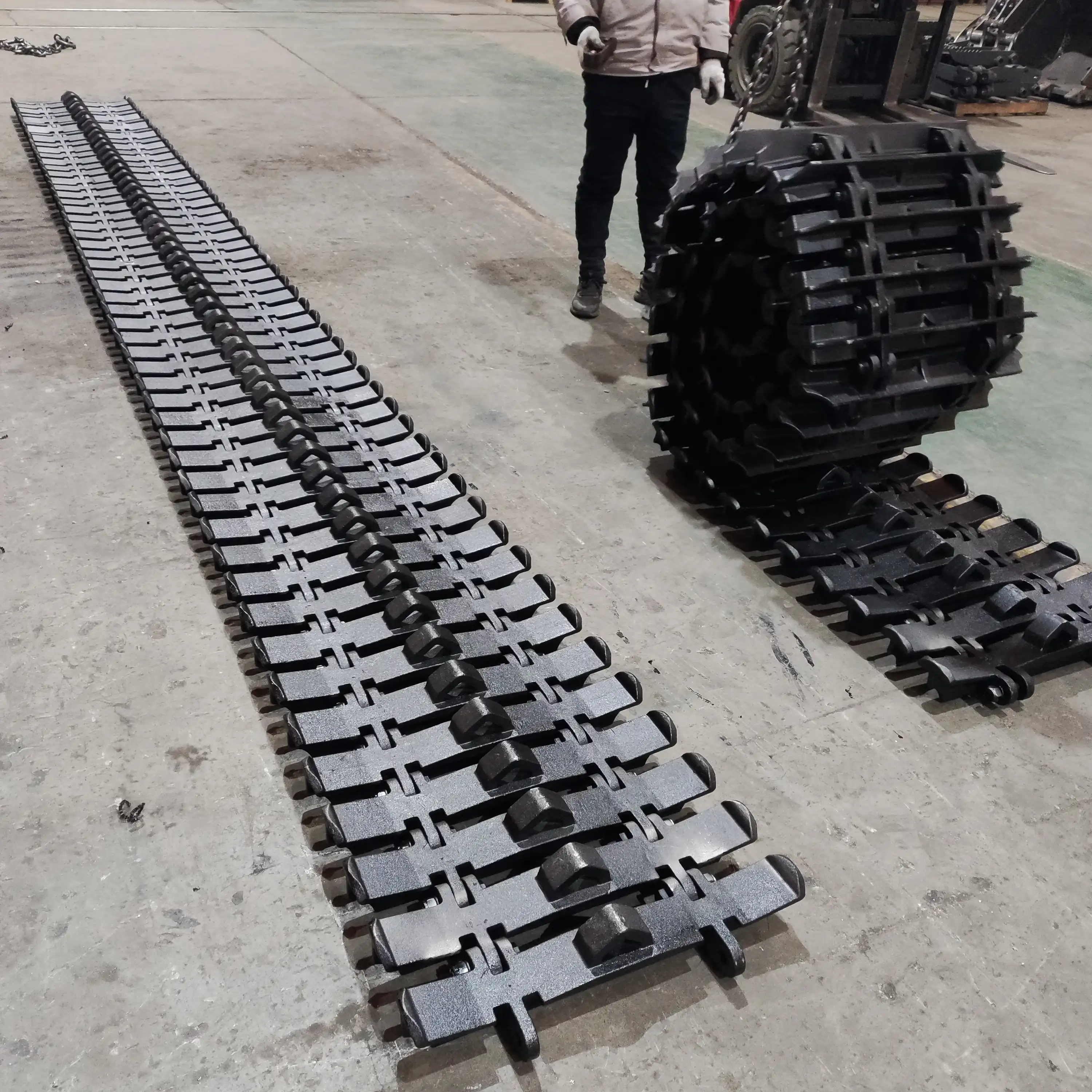
Forging Process And Its Benefits For Anti-Skid Tracks
Forging is a manufacturing process that involves shaping metal through compressive forces, typically using hammers or presses. This process has been utilized for centuries and has evolved significantly with modern technology. When it comes to producing chain plates for loader tire anti-skid tracks, forging offers several distinct advantages.
Firstly, forging results in a superior grain structure within the metal. Unlike casting, where the metal's grain structure is random, forging aligns the grain flow with the part's geometry. This alignment significantly enhances the strength and durability of the chain plates, making them more resistant to wear and tear under heavy loads and harsh conditions.
Secondly, forged parts have improved mechanical properties. The forging process refines the metal's grain structure, eliminating internal voids and porosity that can occur in cast parts. This refinement leads to increased strength, toughness, and resistance to impact and fatigue. For loader tire anti-skid tracks, these properties are crucial as they are subjected to constant stress and impact during operation.
Additionally, forging allows for greater control over the final product's dimensions and tolerances. This precision is essential for chain plates in anti-skid tracks, as proper fit and alignment are critical for optimal performance. The ability to achieve tighter tolerances also means less material waste and reduced need for secondary machining operations, contributing to overall manufacturing efficiency.
Why do forged chain plates outperform cast or machined alternatives?
When comparing forged chain plates to their cast or machined counterparts, several factors contribute to the superior performance of forged components in loader tire anti-skid tracks.
Cast chain plates, while potentially more cost-effective to produce in large quantities, often suffer from inherent weaknesses. The casting process can lead to internal defects such as porosity, shrinkage cavities, and inconsistent material properties throughout the part. These defects can significantly reduce the strength and reliability of the chain plates, making them more prone to failure under the extreme conditions experienced by anti-skid tracks.
Machined chain plates, on the other hand, are typically produced from bar stock or plate material. While machining can achieve high dimensional accuracy, it has limitations when it comes to enhancing the material's inherent properties. Machining processes cut across the material's grain structure, which can weaken the part in critical areas. Furthermore, machining removes material to create the desired shape, potentially wasting valuable resources.
Forged chain plates, in contrast, offer a combination of benefits that make them ideal for loader tire anti-skid tracks:
- Enhanced strength-to-weight ratio: Forging allows for the creation of parts with optimized shapes that maximize strength while minimizing weight.
- Improved fatigue resistance: The refined grain structure of forged parts results in better resistance to cyclic loading, a crucial factor in the longevity of anti-skid tracks.
- Superior impact resistance: Forged chain plates can better withstand the sudden shocks and impacts common in heavy machinery operations.
- Consistency in properties: The forging process ensures more uniform material properties throughout the part, leading to more predictable and reliable performance.
Impact Of Forging On Chain Plate Lifespan And Reliability
The choice of manufacturing process for chain plates has a significant impact on the overall lifespan and reliability of loader tire anti-skid tracks. Forging, with its numerous benefits, contributes positively to both these aspects.
Lifespan extension is one of the primary advantages of using forged chain plates. The improved mechanical properties resulting from the forging process translate into components that can withstand wear and tear for extended periods. This increased durability means that anti-skid tracks with forged chain plates require less frequent replacements, reducing downtime and maintenance costs for heavy machinery operators.
Reliability is another critical factor in the performance of loader tire anti-skid tracks. Forged chain plates offer superior consistency in their material properties and structural integrity. This consistency leads to more predictable performance under various operating conditions, reducing the risk of unexpected failures that could lead to costly equipment downtime or safety hazards.
Moreover, the enhanced fatigue resistance of forged chain plates contributes significantly to the overall reliability of the anti-skid tracks. In applications where loader tire anti-skid tracks are subjected to repeated loading cycles, such as in mining or construction operations, this improved fatigue resistance can be the difference between premature failure and long-term, dependable service.
The impact resistance of forged chain plates also plays a crucial role in maintaining the integrity of anti-skid tracks. In environments where sudden impacts from rocks, debris, or uneven terrain are common, forged components are better equipped to absorb and distribute these forces without compromising the track's structure or performance.
Additionally, the precise dimensional control achieved through forging contributes to better fitment and alignment of chain plates within the anti-skid track assembly. This precision reduces wear on connecting components and ensures smooth operation, further enhancing the overall reliability and lifespan of the track system.
Tiannuo Machinery Loader Tire Anti-Skid Track
The forging process stands out as the preferred method for manufacturing chain plates in loader tire anti-skid tracks due to its ability to produce components with superior strength, durability, and reliability. The enhanced mechanical properties, improved grain structure, and precise dimensional control achieved through forging result in chain plates that outperform cast or machined alternatives in terms of lifespan and dependability.
For heavy machinery operators and manufacturers seeking to optimize the performance and longevity of their equipment, choosing loader tire anti-skid tracks with forged chain plates is a decision that pays dividends in the long run. The initial investment in forged components is offset by reduced maintenance costs, improved operational efficiency, and enhanced safety in challenging work environments.
If you are choosing your loader tire anti-skid track manufacturer, we welcome you to contact us. Our manager's email is arm@stnd-machinery.com and the team's emails are rich@stnd-machinery.com and tn@stnd-machinery.com. Experience the difference that Tiannuo Machinery's expertise and quality can make in your operations today.
References:
- Groover, M. P. (2010). Fundamentals of Modern Manufacturing: Materials, Processes, and Systems. John Wiley & Sons.
- Dieter, G. E., & Bacon, D. (1988). Mechanical Metallurgy. McGraw-Hill.
- Altan, T., Ngaile, G., & Shen, G. (2004). Cold and Hot Forging: Fundamentals and Applications. ASM International.
- Campbell, J. (2015). Complete Casting Handbook: Metal Casting Processes, Metallurgy, Techniques and Design. Butterworth-Heinemann.
- Kalpakjian, S., & Schmid, S. R. (2014). Manufacturing Engineering and Technology. Pearson.
- Taylan, A., Gracious, N., & Gangshu, S. (2005). Cold and Hot Forging: Fundamentals and Applications. ASM International.

